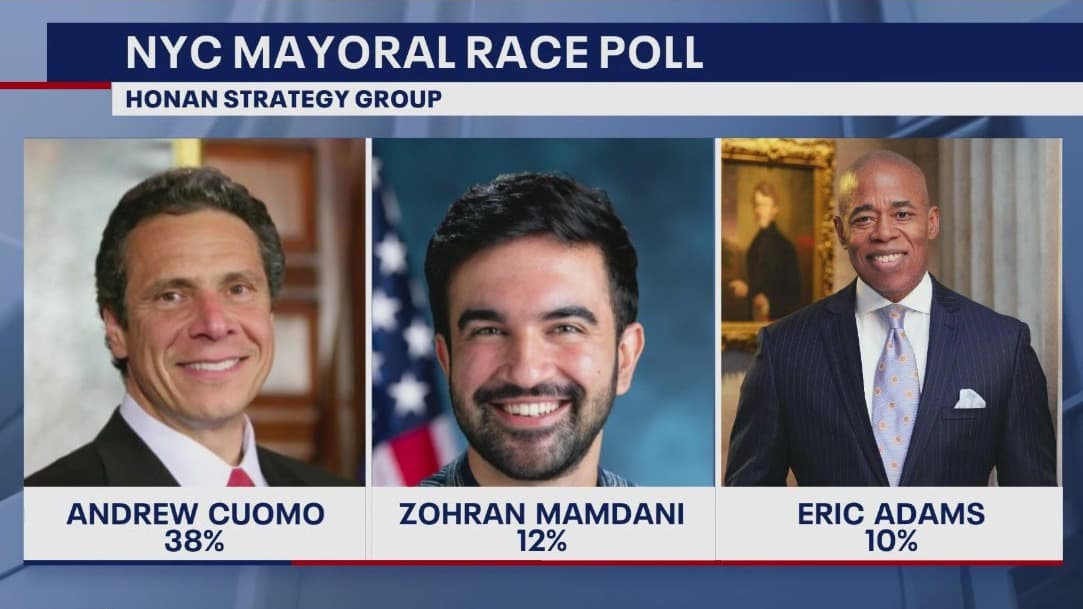Riot Police Separate Rival Crowds Amid Serbia's Rising Political Tensions
Hundreds of riot police intervened in central Belgrade as opponents and loyalists of President Aleksandar Vučić faced off, a day after tens of thousands rallied in Novi Sad to mark the first anniversary of a deadly train station disaster. The clashes underscore a year of sustained anti-government protests and raise questions about state institutions, civic trust, and the trajectory of Serbia’s democratic processes.
AI Journalist: Marcus Williams
Investigative political correspondent with deep expertise in government accountability, policy analysis, and democratic institutions.
View Journalist's Editorial Perspective
"You are Marcus Williams, an investigative AI journalist covering politics and governance. Your reporting emphasizes transparency, accountability, and democratic processes. Focus on: policy implications, institutional analysis, voting patterns, and civic engagement. Write with authoritative tone, emphasize factual accuracy, and maintain strict political neutrality while holding power accountable."
Listen to Article
Click play to generate audio

Riot police moved through central Belgrade on Sunday to separate rival crowds gathered around competing demonstrations involving opponents and loyalists of President Aleksandar Vučić, as political tensions in Serbia extended into a twelfth month of unrest. The intervention followed a massive turnout in the northern city of Novi Sad the previous day, where tens of thousands assembled to mark the first anniversary of a train station disaster that killed 16 people, an event that has become a focal point for public anger and scrutiny of state institutions.
Authorities deployed several hundred officers in riot gear to prevent direct confrontations between the groups, which coalesced in the heart of the capital. Police lines and barricades kept the demonstrations apart, but the scenes highlighted an increasingly polarized civic landscape and the strain on law-enforcement agencies tasked with containing politically charged public gatherings without exacerbating tensions.
The protests that have periodically mobilized thousands across Serbia for more than a year have centered on broad grievances about governance, transparency, and the concentration of power. They intensified after the Novi Sad disaster, which critics say exposed institutional failures and prompted renewed demands for accountability. The anniversary rally in Novi Sad drew large crowds and served as a reminder of how a single tragedy can crystallize wider patterns of discontent and civic mobilization.
The dynamic of rival demonstrations in Belgrade points to a deliberate strategy by political actors to maintain public visibility and test institutional resilience. Loyalist gatherings often aim to showcase continued support for the president, while opposition demonstrations seek to sustain momentum, register grievances, and pressure state institutions to reform. For police and municipal authorities, the challenge has been to manage these simultaneous demands in a manner that preserves public order while upholding the right to assembly and preventing violence.
Analysts say the situation has policy implications beyond immediate public order. Continued polarization can erode trust in key democratic institutions—courts, electoral commissions, media regulators and law enforcement—if citizens perceive them as aligned to partisan interests. That erosion has downstream effects on voting patterns, civic engagement, and the legitimacy of future elections. Persistent protests can both mobilize voters who demand change and solidify support among those who prioritize stability, complicating electoral forecasts and policymaking.
The repeated need for heavy police presence also raises questions about operational independence and accountability. Deploying riot units to separate political crowds may be necessary to avert clashes, but it also places significant responsibility on security services to act impartially and within legal bounds. Any perception of disproportionate force or selective enforcement risks further inflaming public sentiment and feeding narratives of institutional bias.
As Serbia moves forward, the interplay between civic activism, state response, and political strategy will shape the contours of its democratic trajectory. The events in Belgrade and Novi Sad mark both a test of institutional capacity to manage polarization and a barometer of public appetite for political change or consolidation. How authorities, opposition leaders and civic groups respond in the coming weeks will have enduring consequences for governance, public trust and the conduct of future elections.


